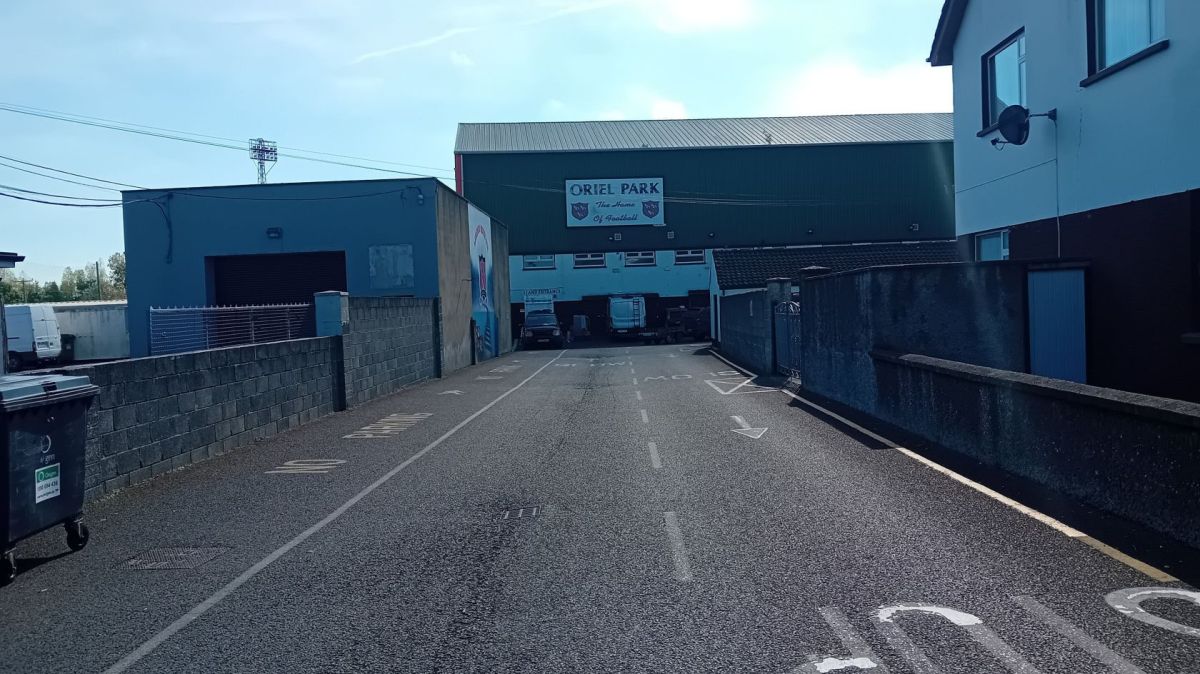Operated by Kitepower, a spin-off of Delft University in the Netherlands, the project is based at the world’s first airborne wind energy test site near Bangor Erris. Unlike traditional turbines, Kitepower’s system uses a 60-square-metre kite flown at heights of up to 425 metres. As the kite soars in a figure-eight pattern, it creates tension on a tether, which spins a ground-based drum connected to a generator. This process, known as the yo-yo effect, produces electricity that is stored in batteries.
Every 45 seconds, the kite’s pull is reduced, allowing the tether to retract with minimal energy use – resulting in a net gain of renewable power. The cycle repeats continuously and can generate up to 30 kilowatts per hour. The entire system fits inside a 20-foot container, requires no fixed infrastructure, and can be deployed within 24 hours. It works in all weather conditions, including cloudy, rainy, and nighttime environments.
A project in Co Mayo is generating renewable electricity through the flying of kites, which its operator has described as a potential "game changer" in the wind energy sector. https://t.co/Cy2pvy2hMK
— RTÉ Business (@RTEbusiness) July 14, 2025
Kitepower claims its kites are twice as efficient as traditional turbines, especially in capturing high-altitude winds inaccessible to fixed structures. Head of Operations Andrei Luca describes the project as ideal for remote areas, islands, and off-grid communities. “If it works in Ireland, it will probably work all over the world,” he said.
The test site, operational since September 2023, is backed by Interreg, the European Regional Development Fund, RWE, and Mayo County Council. Results from the Mayo site have already led to a pilot project in the Netherlands, where a construction firm uses the kite system to power electric machinery. Offshore deployment is next, with Ireland seen as a key testing ground for future innovation.















